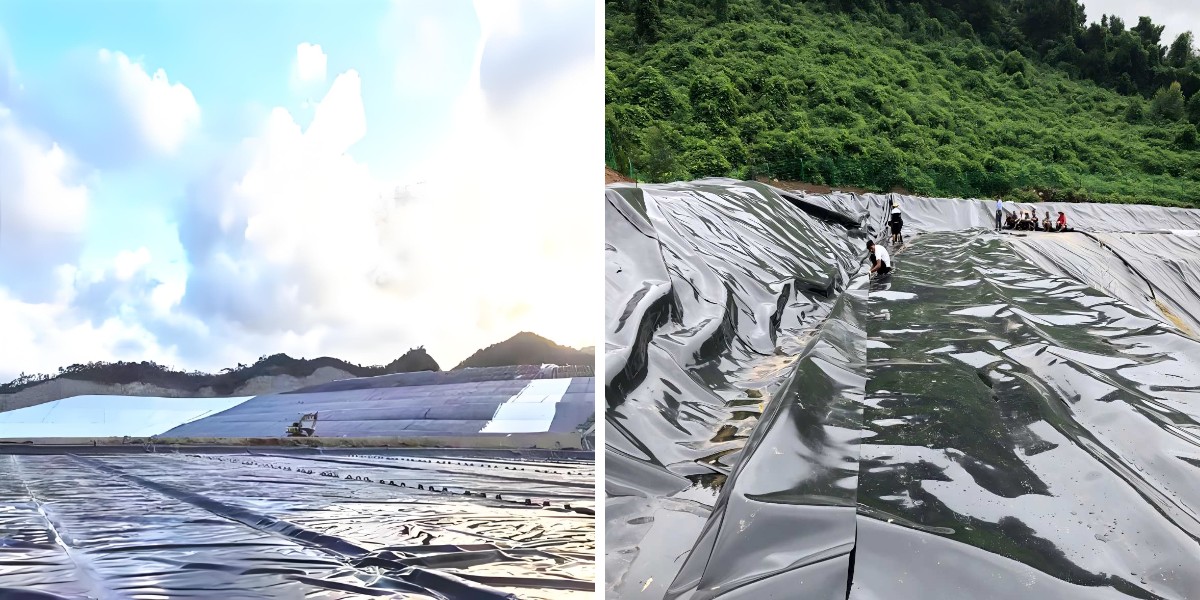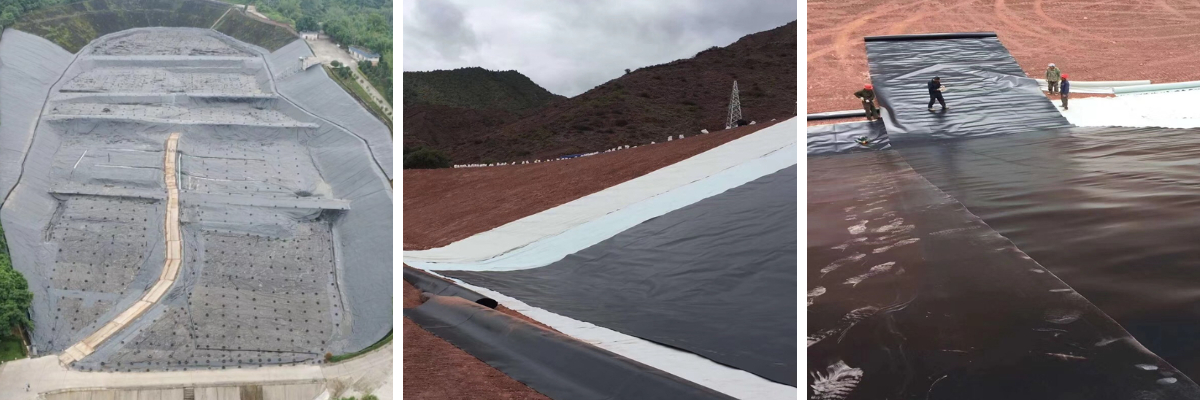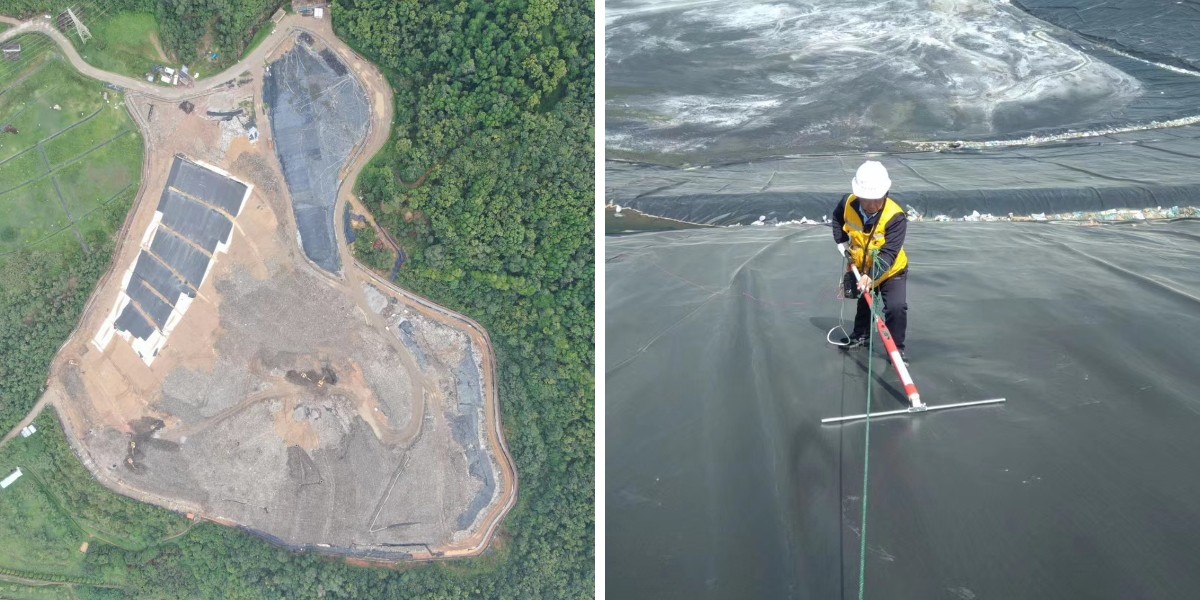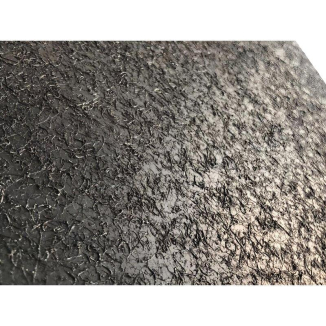UV Resistance and Weathering: Protecting Your HDPE Liner Investment
An HDPE geomembrane is a big funding for tasks ranging from wastewater ponds and landfills to agricultural reservoirs and industrial containment systems. Its sturdiness and impermeability make it a dependable desire for long-term liquid and contaminant control—but its lifespan and overall performance hinge closely on its potential to face up to UV radiation and weathering. Over time, publicity to sunlight, temperature fluctuations, and environmental stress can degrade even the highest-quality liners, main to cracks, leaks, and highly-priced replacements. This information explores why UV resistance and weathering safety depend for your hdpe geomembrane, how these elements affect geomembrane fee over time, and actionable steps to shield your investment. We’ll additionally spotlight concerns for specialised liners like clean geomembrane to make sure comprehensive protection.
Why UV Resistance Is Non-Negotiable for HDPE Geomembrane
Hdpe geomembrane is made from high-density polyethylene, a thermoplastic polymer that performs quite properly in most environmental conditions—except when uncovered to extended UV radiation. Sunlight emits ultraviolet rays that damage down the molecular bonds in HDPE, a method referred to as photo-oxidation. This degradation weakens the liner: it turns into brittle, loses tensile strength, and develops microcracks that develop over time. Left unprotected, a UV-damaged liner can fail in simply a few years, even if it’s designed for many years of service.
For outside tasks the place the liner is uncovered to direct sunlight—such as uncovered ponds or landfill caps—UV resistance is critical. Even clean geomembrane, which has a glossy floor that displays some sunlight, isn’t immune to UV harm besides ideal components or protecting layers. Investing in a UV-resistant hdpe geomembrane upfront can also amplify preliminary charges slightly, however it avoids the some distance greater geomembrane price of untimely alternative or emergency repairs.
How Weathering Factors Beyond UV Impact HDPE Liners
UV radiation is simply one of a number of weathering elements that threaten hdpe geomembrane performance. Temperature fluctuations, moisture, and chemical publicity work collectively to speed up degradation, making complete weathering safety essential.
Temperature Fluctuations
HDPE expands in warmness and contracts in cold. Repeated cycles of enlargement and contraction put stress on the liner, mainly at seams and anchor points. Over time, this stress can purpose seams to peel or the liner to strengthen cracks—even if UV injury is minimal. In severe climates (hot deserts or freezing tundras), these cycles are greater intense, growing the chance of failure. Smooth geomembrane might also be barely extra susceptible to thermal stress than textured variants, as it has much less floor friction to keep it in location throughout expansion.
Moisture and Chemical Exposure
Moisture by myself doesn’t harm HDPE, however it can increase other weathering effects. Water trapped between the liner and the soil can pace up microbial growth, which may also smash down components in the liner. In industrial or agricultural settings, the liner may also additionally be uncovered to chemical compounds (fertilizers, pesticides, or industrial waste) that degrade the polymer over time. When blended with UV radiation, these chemical compounds can speed up photo-oxidation, shortening the liner’s lifespan.
Key Features to Look for in UV-Resistant HDPE Geomembrane
To defend your investment, pick out an hdpe geomembrane with built-in UV and weathering protection. Here are the essential points to prioritize:
UV Stabilizers
The most nice way to forestall UV harm is to pick a liner infused with UV stabilizers—chemical components that take in or mirror UV rays, stopping them from breaking down HDPE molecules. Look for liners with stabilizers rated for long-term outside publicity (10+ years) in your local weather zone. Even clean geomembrane advantages from these additives, as they supply safety from inside the polymer alternatively than simply on the surface.
Thickness and Material Grade
Thicker hdpe geomembrane affords greater resistance to weathering, as there’s greater cloth to face up to degradation. Industrial-grade HDPE (with a greater density) is additionally greater long lasting than trendy grades, as its tighter molecular shape resists UV and chemical injury better. While thicker liners amplify preliminary geomembrane cost, they pay off in longer lifespan and decrease maintenance.
Protective Layers or Covers
For initiatives with excessive UV exposure, think about an hdpe geomembrane with a protecting pinnacle layer (like a UV-reflective coating) or installation a separate cowl (such as soil, gravel, or vegetation). A soil cowl of simply a few inches can block almost all UV radiation, extending the liner’s lifespan indefinitely. This is specially beneficial for landfill caps or ponds that don’t want to be visible.
Installation Best Practices to Enhance Weathering Resistance
Even the most UV-resistant hdpe geomembrane will underperform if established incorrectly. Proper set up minimizes stress factors and ensures the liner is included from the start. Here are key high-quality practices:
Avoid Overstretching
When putting in clean geomembrane or any HDPE liner, keep away from pulling it too tight. Overstretching creates anxiety that worsens thermal expansion/contraction stress, main to cracks. Leave a small quantity of slack to accommodate temperature changes.
Seam Quality Matters
Seams are the weakest factors of any hdpe geomembrane. Use warmth welding or fusion bonding (rather than adhesive) for permanent, weather-resistant seams. Ensure seams are examined for leaks after installation—even a small hole can let water or chemical compounds seep in, accelerating degradation.
Proper Anchoring
Anchor the liner securely at the edges to stop motion at some stage in climate activities (wind, rain, or temperature swings). Use anchor trenches or weighted edging to keep the liner in place, lowering stress on seams and stopping it from lifting or shifting.
Long-Term Maintenance to Protect Your Investment
Regular preservation is key to extending your hdpe geomembrane’s lifespan and warding off sudden geomembrane cost. Here’s what to consist of in your protection plan:
Routine Inspections
Inspect the liner quarterly for signs and symptoms of weathering: brittleness, cracks, peeling seams, or discoloration. Pay more interest to areas uncovered to direct daylight or excessive stress (like corners or slopes). For easy geomembrane, take a look at for scratches or punctures that may want to let UV rays penetrate deeper into the material.
Clean and Repair Promptly
Remove particles (leaves, branches) that traps moisture or blocks daylight from reflective surfaces. If you spot small cracks or seams, restore them at once with HDPE patches or welding. Delaying repairs permits injury to spread, growing repair costs.
Refresh Protective Layers
If your liner makes use of a UV-reflective coating or transient cover, refresh these layers as needed. For example, a gravel cowl may additionally want to be topped up each few years to preserve UV protection. This cheap preservation step avoids the want for highly-priced liner replacement.
Conclusion: UV Resistance = Long-Term Value
Your hdpe geomembrane is an funding in the success and protection of your project. Cutting corners on UV resistance and weathering safety might also decrease preliminary geomembrane cost, however it leads to untimely failure, environmental risks, and greater fees down the line. By selecting a liner with UV stabilizers, suited thickness, and shielding features—whether it’s a clean geomembrane for a pond or a textured variant for a landfill—you make certain a long time of dependable performance.
Combine pleasant substances with acceptable set up and maintenance, and your hdpe geomembrane will stand up to UV radiation, temperature swings, and environmental stress. Protecting your liner isn’t simply about retaining the material—it’s about protecting your project’s budget, reputation, and the environment. With the proper approach, your HDPE liner funding will supply price for years to come.
Contact Us
Company Name: Shandong Chuangwei New Materials Co., LTD
Contact Person :Jaden Sylvan
Contact Number :+86 19305485668
WhatsApp:+86 19305485668
Enterprise Email: cggeosynthetics@gmail.com
Enterprise Address: Entrepreneurship Park, Dayue District, Tai 'an City,
Shandong Province










